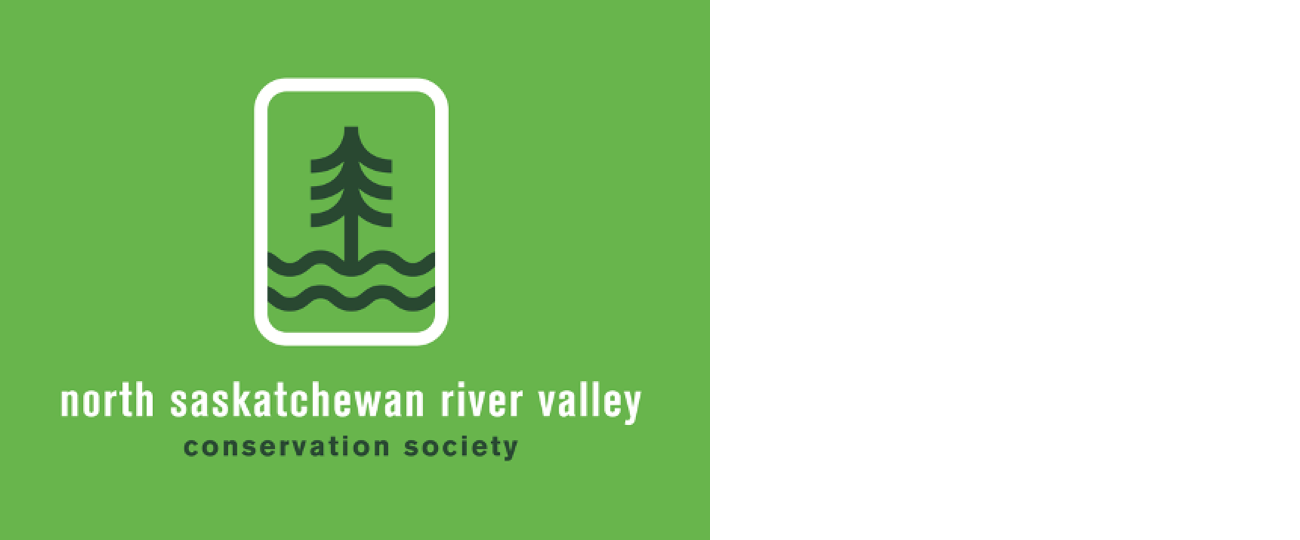Metis ironworkers built Edmonton’s downtown
The people who did the most dangerous jobs in constructing the skyscrapers in downtown Edmonton in the 1960s and 1970s were almost all Metis men who had trained as ironworkers. That included the CN Tower, built from 1964 to 1966.
It was dangerous work. In just one year in this period, 12 ironworkers across Canada died on the job. Deaths occurred because when it came to health and safety procedures, there really wasn’t any to speak of. There were no safety harnesses. Tom Daniels explained that “We didn’t have the luxury of steel-toed boots, safety belts, nothing, not even snap-on hooks. We made our own. You come to the job. You got a hook? No. Here’s a piece of rebar; make one.”
Edmonton’s CN Tower, the tallest building in Western Canada from 1966 to 1971, was their greatest achievement. It was planned for a three-year build, but the determined Metis ironworkers helped cut a year from that schedule. They worked 12-hour shifts. The night shift welded columns together to the top of the tower while the day shift put mounds of steel in slabs and then installed slabs floor by floor.
Hugh Edgar described daytime work this way: “We had to put the beams in and then the slab, and it usually took three or four days. It was hard work. There were 11 bars, 60 feet long. I was only 140 pounds and them bars were 300 pounds that we were carrying.”
That hard work earned them a miserly wage of 98 cents an hour when they began working on the CN Tower in 1964, just above minimum wage. But the Ironworkers Union enrolled them as members and negotiated a doubling of their wages by 1966. https://citymuseumedmonton.ca/2024/11/05/waltzing-with-the-angels/
City of Edmonton not on track to meet 2024 emission targets
The City of Edmonton is falling short of its greenhouse gas emission targets, two years after the municipality introduced its first carbon budget. It emitted an estimated 16.2 million tonnes of carbon dioxide equivalent in 2023, higher than the 13.4 million tonnes it was aiming for, the 2023-2026 carbon budget update report shows.
"If Edmonton's current emission trajectory continues, Edmonton's GHG reduction targets will not be achieved," the report states. Like any other budget, a carbon budget determines how much the city can spend over a period, only instead of money, it's budgeting greenhouse gas emissions. The city aims to become a carbon-neutral community by 2050.
Melanie Hoffman, co-chair of the city's independent Energy Transition Climate Resilience Committee, said the news is disappointing. "We are not on a trajectory to change that," Hoffman said in an interview Tuesday. To get on track, emissions would need to go down to 12.7 million tonnes or less in 2024. "The trend for this year indicates that this target will not be met and there are no current initiatives or actions that will allow the necessary reductions to meet the target," the report says.
The city is facing a $34-million deficit by the end of the year, the city's finance department said in its fall budget adjustment update. It proposes to cut the Community Energy Transition Strategy Program, an action plan that outlines ways to create healthier neighbourhoods, by $1.8 million. That will set the city back in its goals, Hoffman said. https://www.cbc.ca/news/canada/edmonton/edmonton-fails-to-meet-climate-targets-2-years-after-launching-carbon-budget-1.7381843
Wally Ursuliak the father of curling in Japan
Hokkaido is the curling capital of Japan. It’s home to the 2018 Japanese women’s Olympic bronze medalists. And people living there say they owe their curling success to Alberta. But how did it all happen? In 1980, Alberta and Hokkaido became twinned jurisdictions. When Alberta sent exports to Japan, they landed in Hokkaido. One of the most surprising exports? You guessed it: curling.
Edmontonian Wally Ursuliak helped win the curling world championship in 1961. In 1986, Ursuliak took a visiting Japanese delegation to a curling event in St. Albert. The sport enamoured his Japanese visitors. And that day, they invited “Mr. Wally” to Japan to introduce Hokkaido to the beauty of the shot rock.
For six years, Ursuliak travelled Hokkaido. At every stop he showed and taught curling. To many Japanese curlers, Wally is the father of curling in Japan. https://www.edmontoncommonwealthwalkway.com/winter/curling-albertans-sweeping-the-world
Gold Bar Farm
Carrie writes, “I am wondering if it's possible to look into saving the area known as Gold Bar Farm on 106 Ave and between 46th street and 43rd street. It is a historical sight, a full block with a historical house on it and dotted with hundreds of trees, skirting Gold Bar Ravine. Sadly, it was sold and now the city is rapidly allowing multifamily housing to overpopulate our older, established neighbourhoods, increasing housing and traffic. We are losing trees and habitat for creatures such as birds. In Gold Bar, we are near the refinery and we appreciate conserving as much green space as possible to offset the pollution. I'm curious if there are any options in trying to protect this land?”
Bio-Glyphs by Ron Baird, Biotechnology Business Development Centre research park https://www.edmontonarts.ca/public-art/bio-glyphs
Comment or Contributions
Please note articles may not reflect the position of NSRVCS. River Valley News is meant to be a clearinghouse for the variety of opinions and ideas about Edmonton’s River Valley.
Email river valley photos, event information, comments, or questions to nsrivervalley@gmail.com
Forward this link to anyone you think may want to sign up for this newsletter https://www.edmontonrivervalley.org/newsletter-signup















